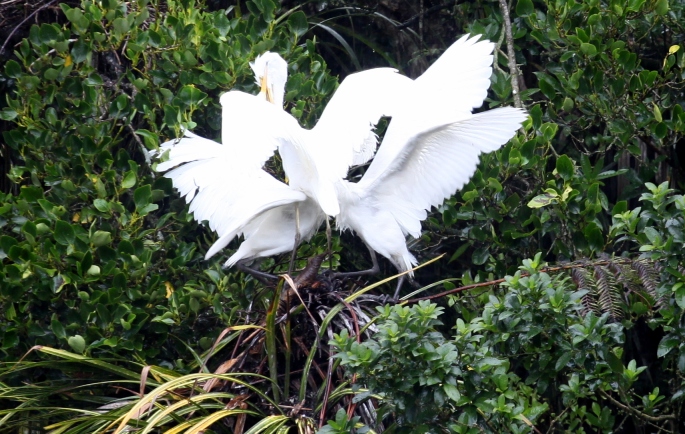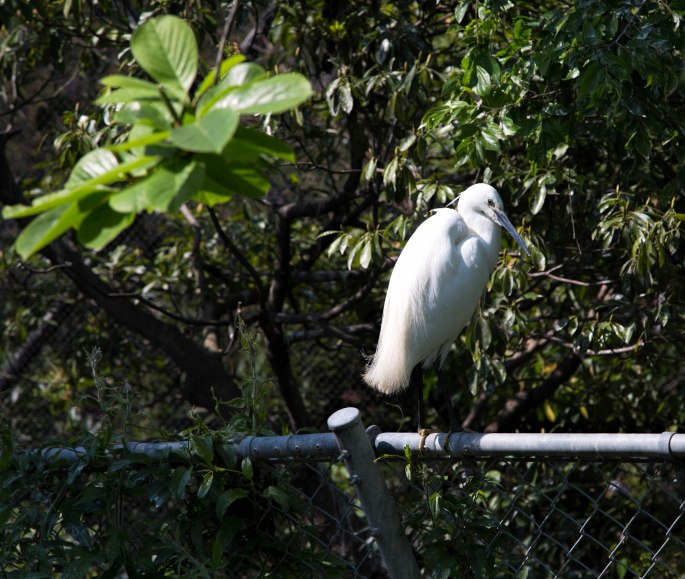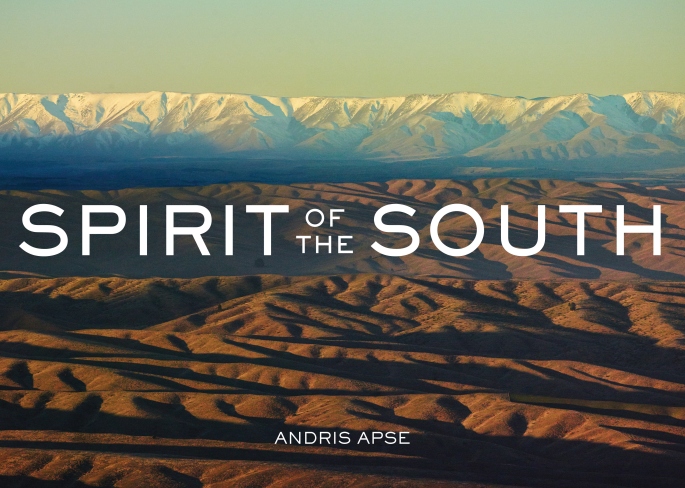Every now and then, inspiration comes along in unexpected form to boost ideas and, sometimes, “output” as now described in modern parlance.
The last few months have been and the next couple will be mad, in the sense that the timetable is packed. But great, in that we are seeing friends and family as well as preparing for the latest series of cruise ship lectures.
Those will be delivered on board Holland America’s Amsterdam for the Xingang (China) through to Mumbai (India) sector of the annual Round The World voyage. http://www.hollandamerica.com/find-cruise-vacations/FindCruises?destCode=W®ionCode=WW&sourceName=byRegion&displayMode=advertising
As usual there will be a wild mix of subjects including: the modern history of Shanghai, South China Sea excitement, French Indo-China, how Mr. Honda’s small motor bike changed Southeast Asia, the Straits Chinese, Indian Ocean tensions, India’s business and labour world and, of course, cricket in India. There is a bit of work in putting this all together across history, art, literature and the rest, but I have fun delivering them and we end up befriending some of the passengers.
Comments from those passengers over the series help shape my approach to this, so I now see the lectures more as stories or tales and am always on the lookout for an amazing character or feature or event that helps shape the pitch.
In a way it is like working up an approach to a publisher or an agent: what magic bit in here grabs the audience?
The Honda story is a great example. Anyone who has visited Southeast Asia talks about the traffic, especially the motorbikes. Working from that and showing all the mad things that occur (eight people on a bike, cages of ducks etc), I describe how the new mobility enabled by the bikes has changed small business, family ties, and even personal relationships and dating patterns. So when people then see the traffic again, they have an added insight into what it all means, hopefully.
The lectures rest heavily on visual imagery and representation, and the search for those images has made me more aware of “looking” for the new or the alternative. I was reminded of that by the sad news that John Berger had died after a full and productive life. His Ways Of Seeing was a sociology that had an early impact on my thinking and outlook. https://www.goodreads.com/book/show/2784.Ways_of_Seeing So did Edward Said’s Orientalism. http://wmich.edu/dialogues/texts/orientalism.htm And it is no accident that both of those works lurk throughout the cruise lectures. Both works emphasised the importance of the visual in the formation and transformation of cultures, and the impact of those visuals on the evolution of attitudes and outlooks of people and society. In that way they were helped, too, by the work of Roland Barthes, the great French analyst who also had an impact on me. His Empire of Signs, for example, gave a marvellous insight into Japanese life and culture. https://www.amazon.com/Empire-Signs-Roland-Barthes/dp/0374522073
Just recently, we were on the New Zealand South Island’s West Coast with some Australian friends (and will be there again soon with some wonderful American friends we met on one of the ships and who hosted us in Michigan last year). While there, I took the opportunity to drive up to Okarito, a tiny place famous for three things.

First, the white heron/great egret (or kotoku in Maori) colony discovered first in 1865. The bird is found in China, Japan, India and Australia as well as New Zealand where this is the only breeding site. The beautiful plumage became desirable so that by 1941 there were just four nests left. The place was declared a reserve and every breeding season there might be up to 250 birds in residence.
This is the only place to see them en masse in New Zealand that requires a trip with the excellent local tour company, well worth the effort. http://whiteherontours.co.nz/
You might, however, glimpse a kotoku elsewhere in the area, like this one in a tributary of the Waiatoto River further to the south.

(Imagine, though, the sense of irony in the ease of seeing these ones outside the walls and nets of the Osaka Zoo in Japan before another Holland America voyage).

Second, Okarito has been the long time home of Keri Hulme, winner of the 1985 Booker Prize with what to this point has been her only book, The Bone People. The mystical elements in the book were all inspired by her surroundings and upbringing, and every interview with her really emphasises that fact. http://ruminator.co.nz/beyond-the-headland-an-encounter-with-keri-hulme/
Third, and significant here, Okarito now hosts the gallery run by Andris Apse, probably New Zealand’s best and certainly its most well known landscape photographer. It was this gallery I drove up to see, and to meet Andris who is a wonderfully approachable and down to earth person whose humility is hugely at odds with the magnificent and expansive New Zealand images he produces. https://www.andrisapse.com/
In many ways his work has been some of the most influential in representing the “natural”, “pure” New Zealand so loved by tourists and tourist operators.
Of course, there is no doubting the impact of Lord of the Rings and The Hobbit as shot by Peter Jackson – while writing this I am looking out to Kelvin Heights where some scenes from LOTR were shot, and my neighbour’s film safety company is just one of the many recipients of all that those films and others have produced.
Around the world, though, Andris Apse has produced images for over forty years that have shaped a view of New Zealand as this majestic, mystical and almost magical place where there is always tranquillity, beauty and reinvigoration. Traffic woes in Auckland, house prices in Queenstown, the struggle for economic survival on the Coast itself, the cost as well as the benefit of the mushrooming dairy industry, and the infrastructure challenges brought on by all those tourists do not really appear here – but their backdrop make me and others think about how that wonderful world Andris portrays is to be preserved.

As I drove back down to Haast from Okarito through the persistent rain, I was inspired to stop and take some photographs myself. New Zealand does that to you. That is why occasionally here now you will drive around a bend to find a car or a campervan parked in the middle of the road, its occupants out taking photographs. That is a local hazard in the Southern Lakes.
But I was also thinking about how, like artists and photographers, writers are also really trying to form and transfer images or depictions of people, places and events. That is why we aspire to be like them, to be as good as them at creating compelling pictures of how something happens.
And that is why the best of them are so good, and why they make it so easy. Ian Rankin’s latest, Rather Be The Devil, is an excellent example. Dialogue and story both flow effortlessly, the characters are compelling. It is as if he had simply sat down and rolled it out. http://www.ianrankin.net/book/rather-be-the-devil/
As Andris Apse comments, though, images that look like divine and opportune moments when the photographer just happened along are, almost always, the culmination of an enormous amount of work, planning and time. He has a wonderful panoramic shot of Okarito and its lagoon, for example. In reality, he imagined the shot, created a shooting point, then visited that point regularly for two years before capturing the image he had imagined at the outset.
That is just like Rankin’s writing and that of, say, Val McDermid, Phillip Kerr, Sarah Paretsky, Michael Connolly, Tess Gerritsen, Peter Temple, Jane Harper, Greg McGee/Alix Bosco and Paddy Richardson among so many others.
When surveying their imagery, then, we must think also about all the work that went into creating that work, as we do when taking in the wonderful images from people like Andris Apse.
And, of course, as writers, we are reminded constantly of the need to work harder at producing the very best possible imagery, that is the on-going challenge.

The images that you have created herein make me even more excited to be coming to your wonderful country!
LikeLike
Soon now my friend, soon, it all awaits
LikeLike